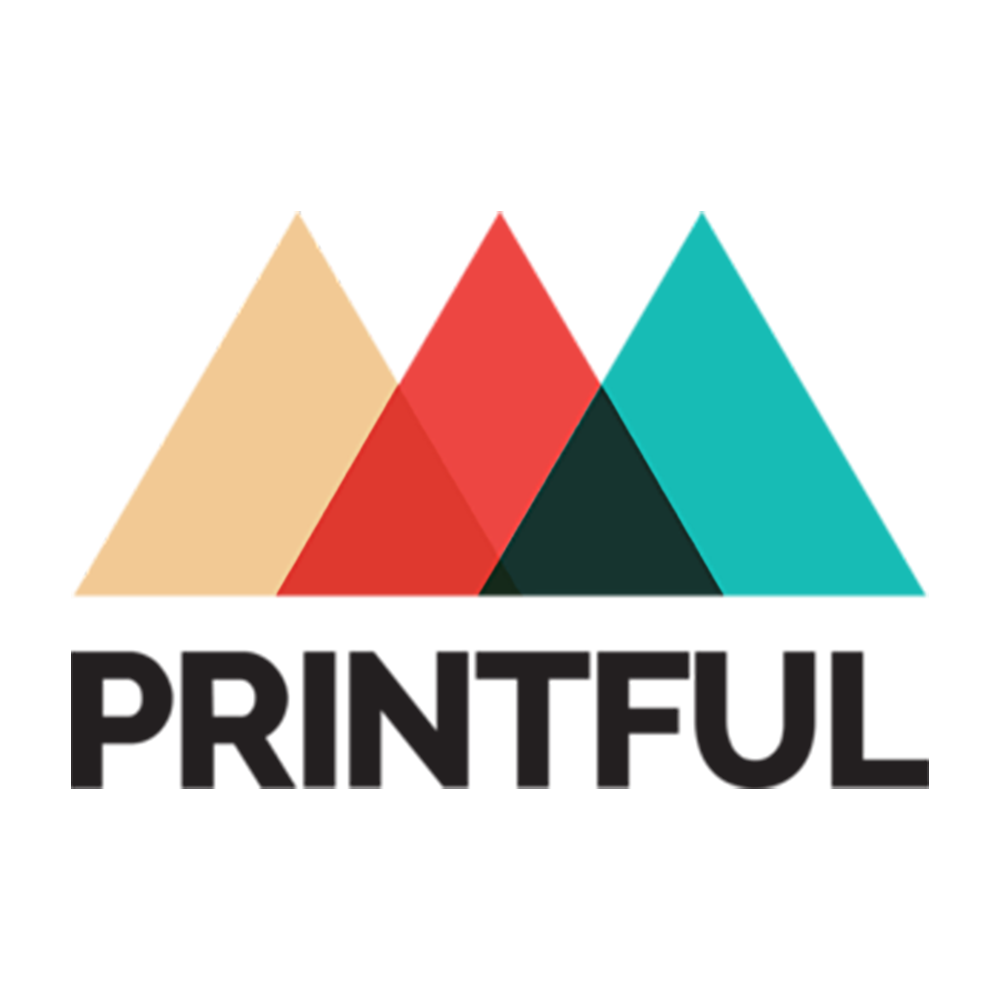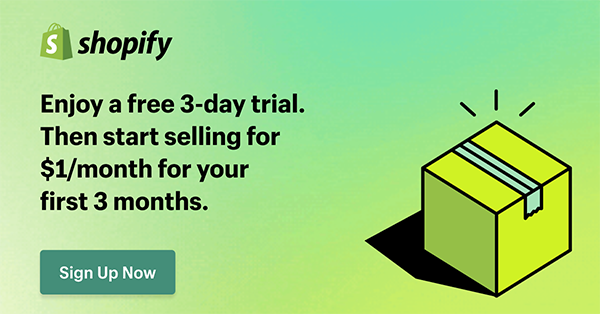If you’re just starting out or scaling your print-on-demand store, connecting Printful to Shopify is one of the first big decisions you'll face. And trust me, I’ve tried pretty much every combination of platforms over the years.
This guide walks you through my current working method, updated constantly as I test new setups. I’ll cover every step, along with tips I wish I knew when I started, and some bonuses you can bolt on to save time or increase profit.
Let’s get into it.
Why I Use Printful + Shopify (And Still Recommend It in 2025)
After running multiple stores, testing Printify, Teespring, Redbubble, and more — I still come back to Printful + Shopify for one main reason: it just works.
Here’s why this combo is solid:
- Shopify gives full control over branding, checkout, apps, and customer experience
- Printful handles fulfilment, printing, packaging, and shipping with zero manual work
- Their integration is deep — every order flows directly, with shipping updates, stock sync, and more
I’ve used this exact setup to launch niche stores, run limited drops, test ideas, and build long-term brands.
And most importantly, when you set it up right, it becomes nearly hands-off.
Step-by-Step: How to Connect Printful to Shopify the Right Way
Plenty of tutorials tell you to “just install the app” — but if you want it to run smooth and scale properly, there are a few things you need to get right from day one.
1. Create your Shopify and Printful accounts
If you haven’t already:
Pick the Basic Shopify plan or above — it supports apps and custom domain linking, both of which you’ll need.
2. Install the Printful App from Shopify App Store
Go to: https://apps.shopify.com/printful
Hit Install and follow the prompts. Shopify will ask for permission to allow Printful to:
- Add/edit products
- Handle fulfilment
- Sync inventory
- Track orders and shipping
Once it’s connected, your Shopify store becomes a fulfilment channel inside Printful’s dashboard.
3. Create and Sync Your First Product
From the Printful dashboard:
- Click Add Product
- Choose a product category (T-shirts, mugs, etc.)
- Use the built-in Design Tool to upload artwork
- Select colour variants, sizes, and mockup styles
- Set pricing (Printful shows their base cost + your profit)
When you’re happy, click Add to Store — this pushes the product directly to Shopify.
Pro tip: Edit the product title, description, and SEO data inside Shopify after syncing. Don’t leave the default Printful text — it’s generic and doesn’t convert well.
4. Setup Shipping & Taxes
Printful offers automatic shipping rate sync with Shopify — but you can customise it.
You have two choices:
| Option | Pros | Cons |
|---|---|---|
| Use Printful's rates | Easy, accurate by region | Less control over pricing |
| Manual shipping rates | Full control over fees | More setup work |
Bonus tip: I usually go manual and offer flat rate or free shipping — then just include the cost in my product price. It converts better and feels cleaner for the customer.
5. Do a Test Order
Never skip this.
From Shopify:
- Enable Bogus Gateway (test payment method)
- Place a sample order
- Make sure it flows into Printful
- Check your email updates, shipping notice, and order status
Or do a real order and get it delivered to yourself — especially if it’s a new product or niche.
You want to feel what your customer feels.
Common Mistakes to Avoid
Here’s a breakdown of where most people get stuck and how to fix it:
| Mistake | Why It Happens | What To Do Instead |
|---|---|---|
| Using default descriptions | People rush setup | Customise every product page |
| Pricing too low | Not factoring in base cost + shipping | Use Printful's profit calculator |
| No policies on your site | Skipping legal setup | Add returns, privacy, shipping info |
| Not enabling auto-fulfilment | Orders stuck or delayed | Turn it on inside Printful store settings |
| Skipping mockups | Low conversion rates | Use Printful’s lifestyle mockups for better visuals |
Tips That Actually Work (Tested on Real Stores)
These aren’t theory — these are strategies I still use in my live stores.
Use Niche-Specific Mockups
Printful offers lots of generic mockups. But I always upload custom lifestyle images to Shopify instead. A T-shirt on a white background doesn’t sell. A T-shirt on someone walking their dog, in context — that’s what sells.
Sites like Placeit help with this. Or just hire a model once and reuse those shots across collections.
Track Your Profit Margin on Every Product
Don’t guess. Use this basic formula:
javaCopyEditRetail Price - Printful Base Cost - Shipping - Shopify Fees = Profit
Example:
| Item | Printful Base Cost | Retail Price (Shopify) | Estimated Profit (After Fees & Shipping) |
|---|---|---|---|
| Hoodie | $22.95 | $49.99 | ~$15–18 |
| T-Shirt | $9.25 | $24.99 | ~$8–10 |
| Mug (11oz) | $7.95 | $18.99 | ~$6–7 |
| Tote Bag | $13.25 | $28.00 | ~$9–11 |
| Cap | $14.50 | $29.99 | ~$10–12 |
| Sweatshirt | $18.95 | $44.99 | ~$14–16 |
| Phone Case | $10.75 | $21.99 | ~$6–8 |
| Poster (12×16) | $7.00 |
Use Printful’s Branding Add-Ons
This includes:
- Custom inside labels
- Pack-ins
- Branded packing slips
- Custom return address
You don’t need them at first, but once you hit 10–15 orders/week, they’re worth it.
Automate Your Launch Process
When I launch a new product:
- Create the design and upload to Printful
- Sync to Shopify with mockups
- Edit product page manually for SEO + branding
- Schedule social media posts with templates
- Run retargeting ads with Meta Pixel
I’ve templated all this into Notion — repeatable, quick, and clean.
Bonus: Add More Sales Channels Without More Work
The cool thing about this setup? Once Printful is connected to Shopify, you can also:
- Sell the same products on Etsy using Printful's integration
- Use TikTok Shop (Shopify connects to TikTok directly)
- Run Facebook and Instagram Shops with product sync
Just remember: all inventory is handled by Printful automatically. No need to resync products or handle orders manually.
Is This Setup Good for Scaling?
Yes — but only if your store is branded, built properly, and tested.
This isn’t a dropshipping quick-cash system.
It’s ideal for:
- Creators building a merch line
- Niche brands with loyal followings
- Side hustlers who want a real business without holding stock
- People selling globally (Printful has fulfilment centres in the US, UK, EU, Australia, Canada, and more)
And if you ever want to switch to Printify or custom suppliers later, Shopify gives you full flexibility. You’re not locked in.
Final Thoughts
Connecting Printful to Shopify is the easy part.
Building a real store that converts — that takes more than clicking “Install App.” But once it’s all set up right, you can scale, automate, and grow without touching inventory.
This exact method is what I still use now across multiple stores — and I keep adjusting it every few months based on new features, feedback, and testing.





Wow. Seriously, thank you for this monster of a post!!!
You’re welcome Rahul!